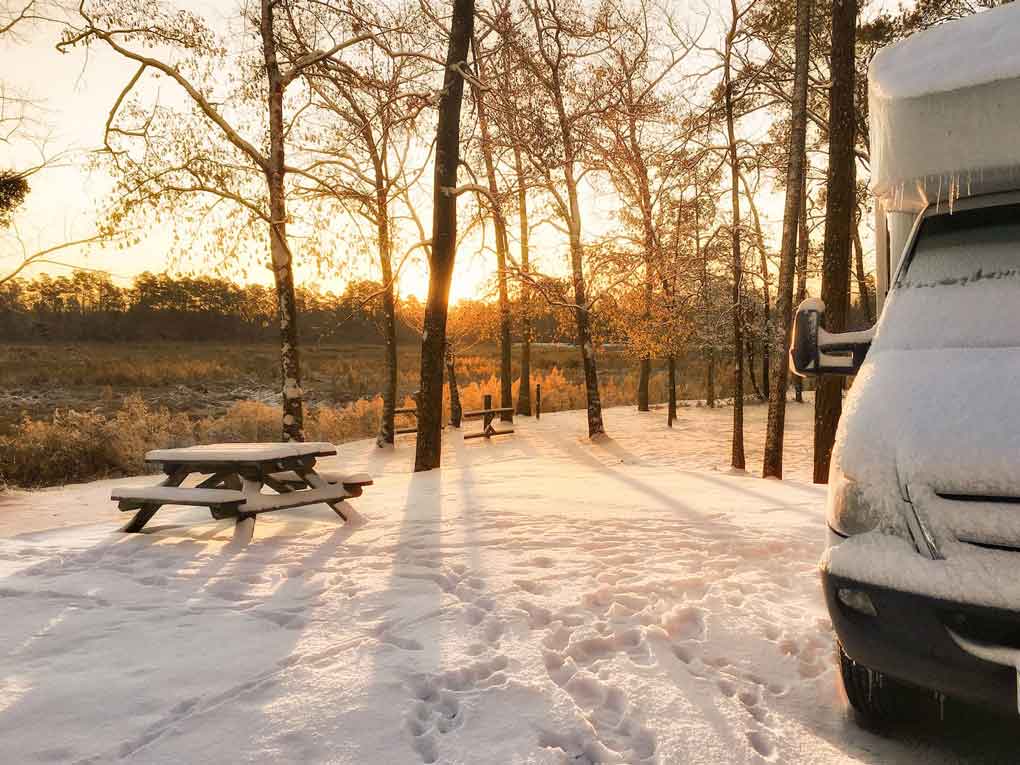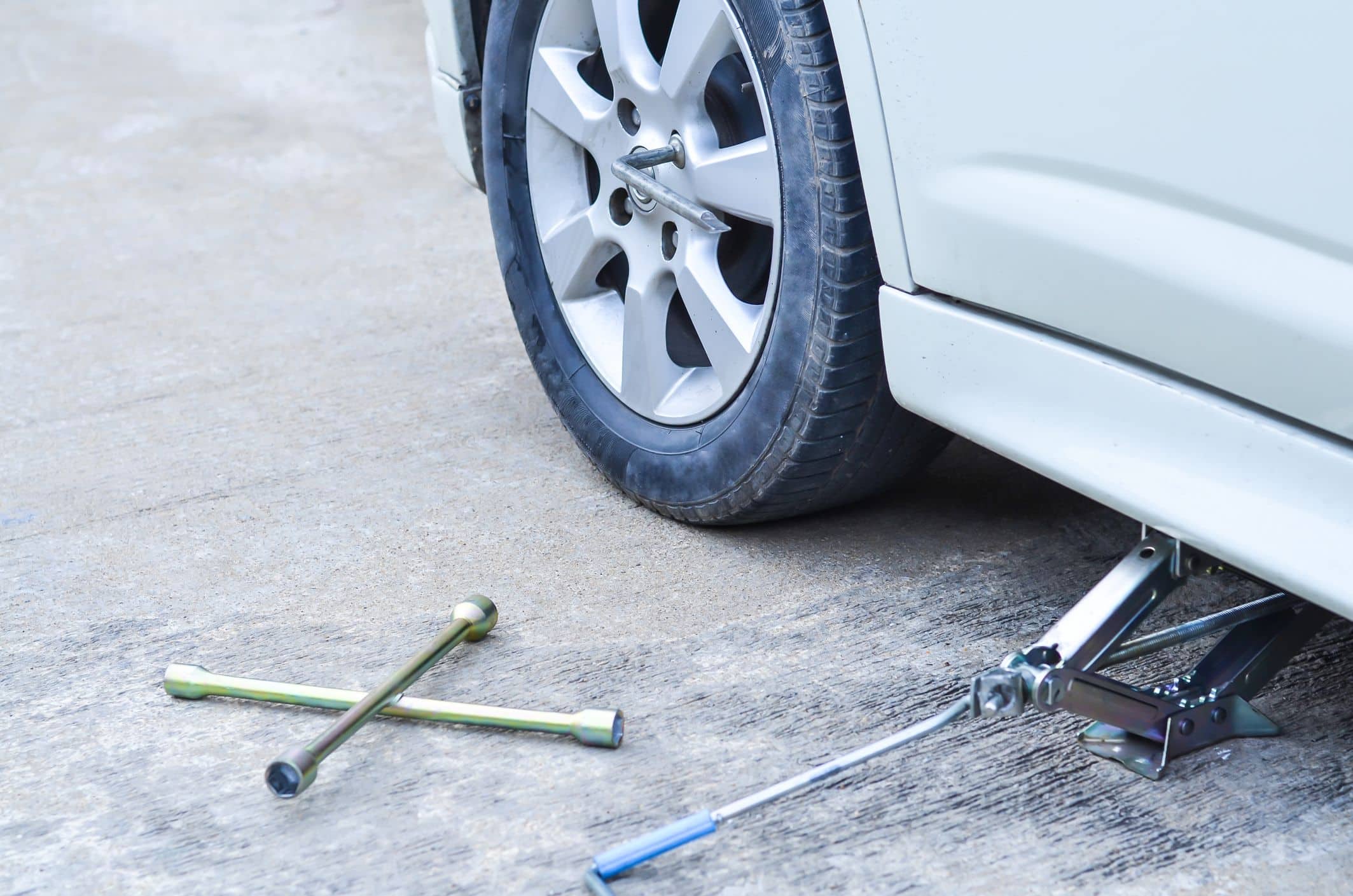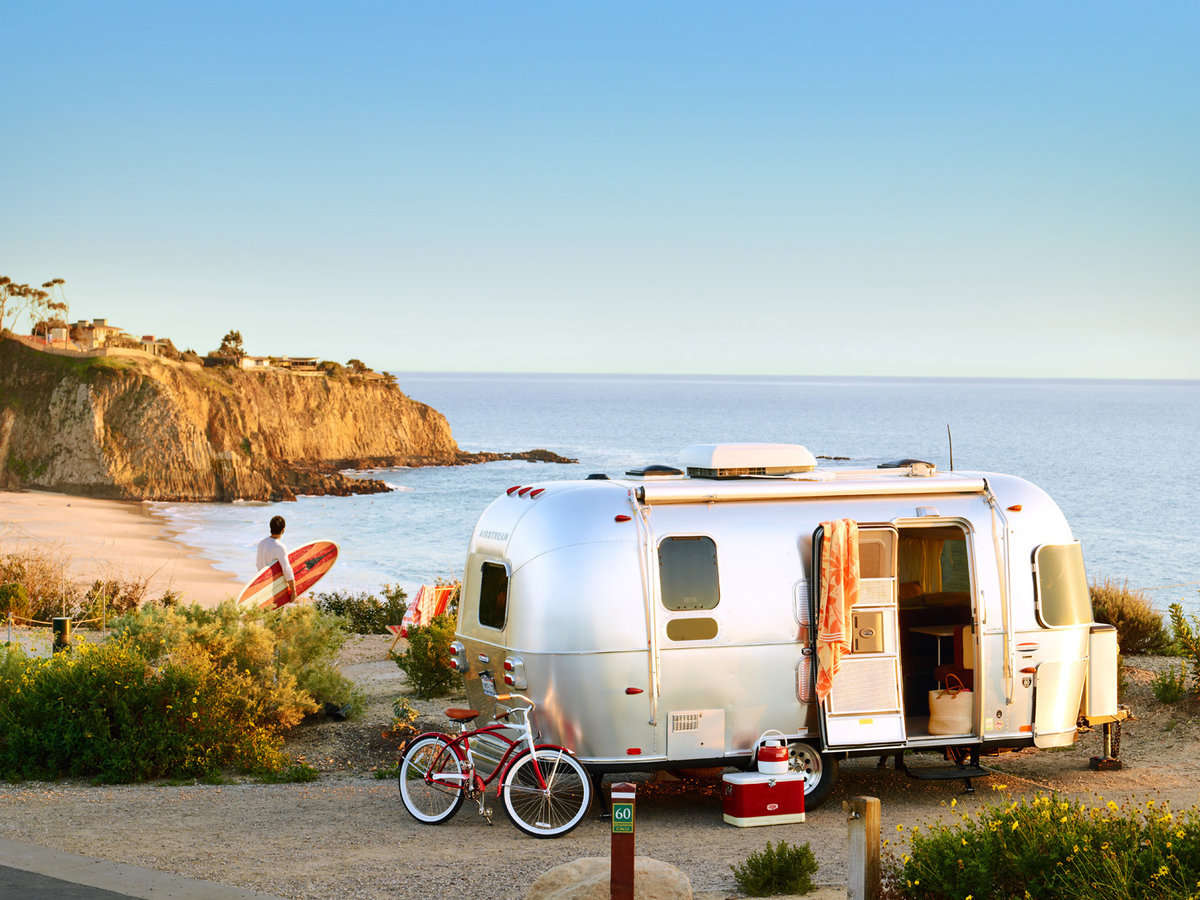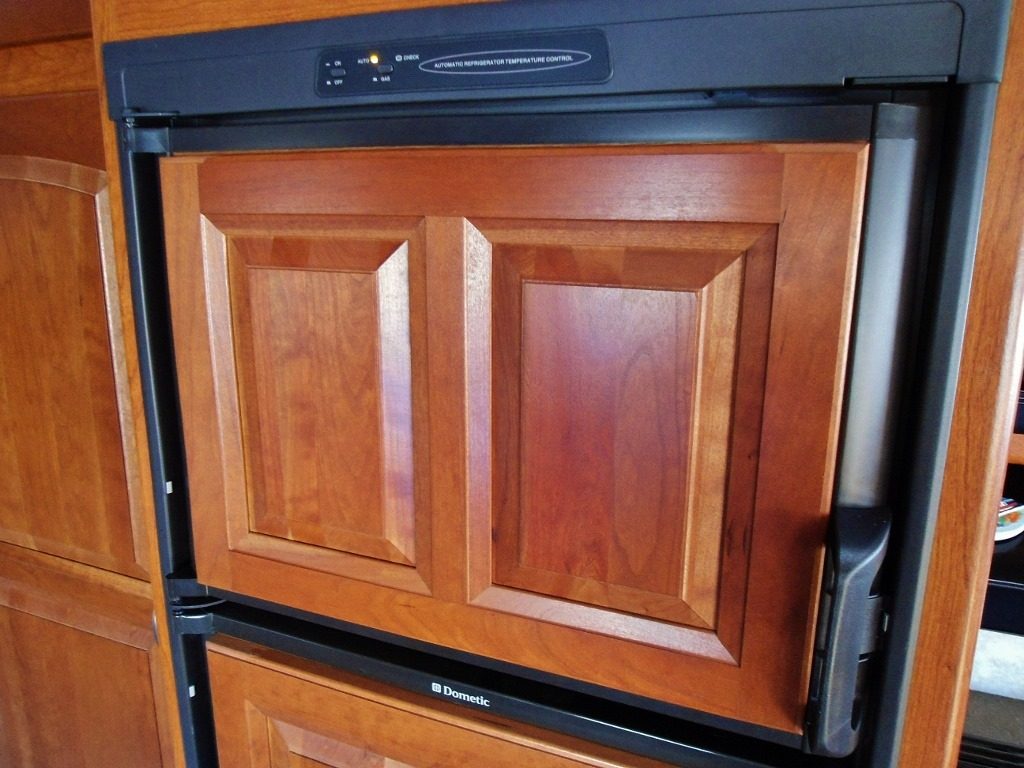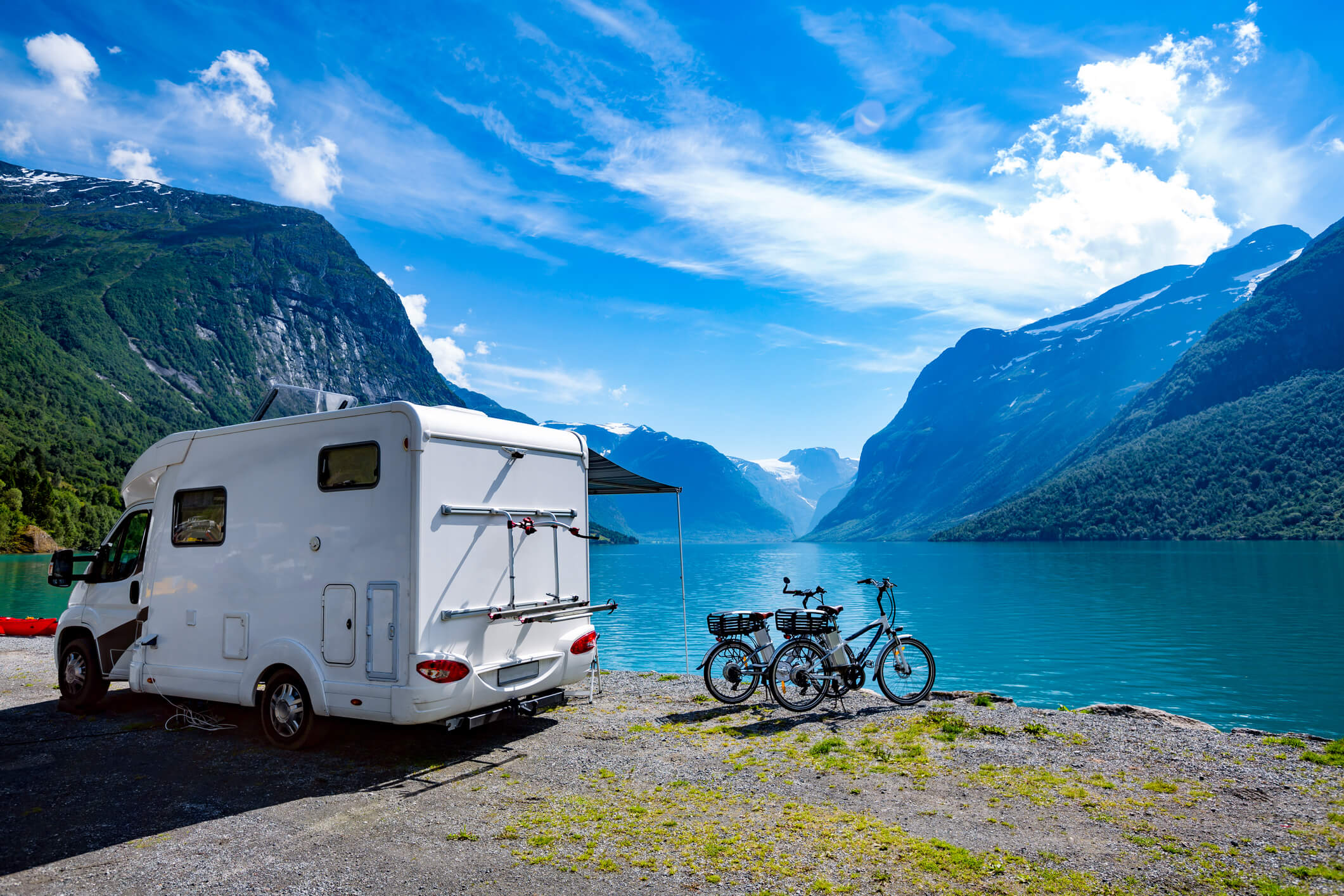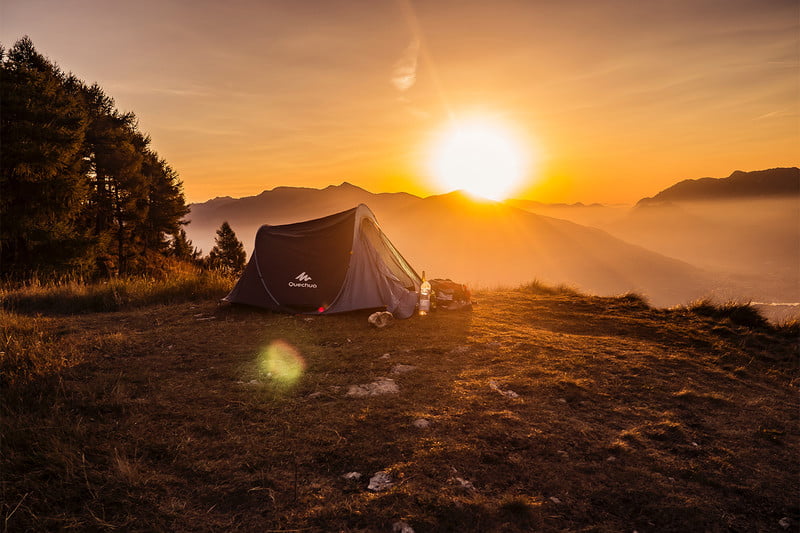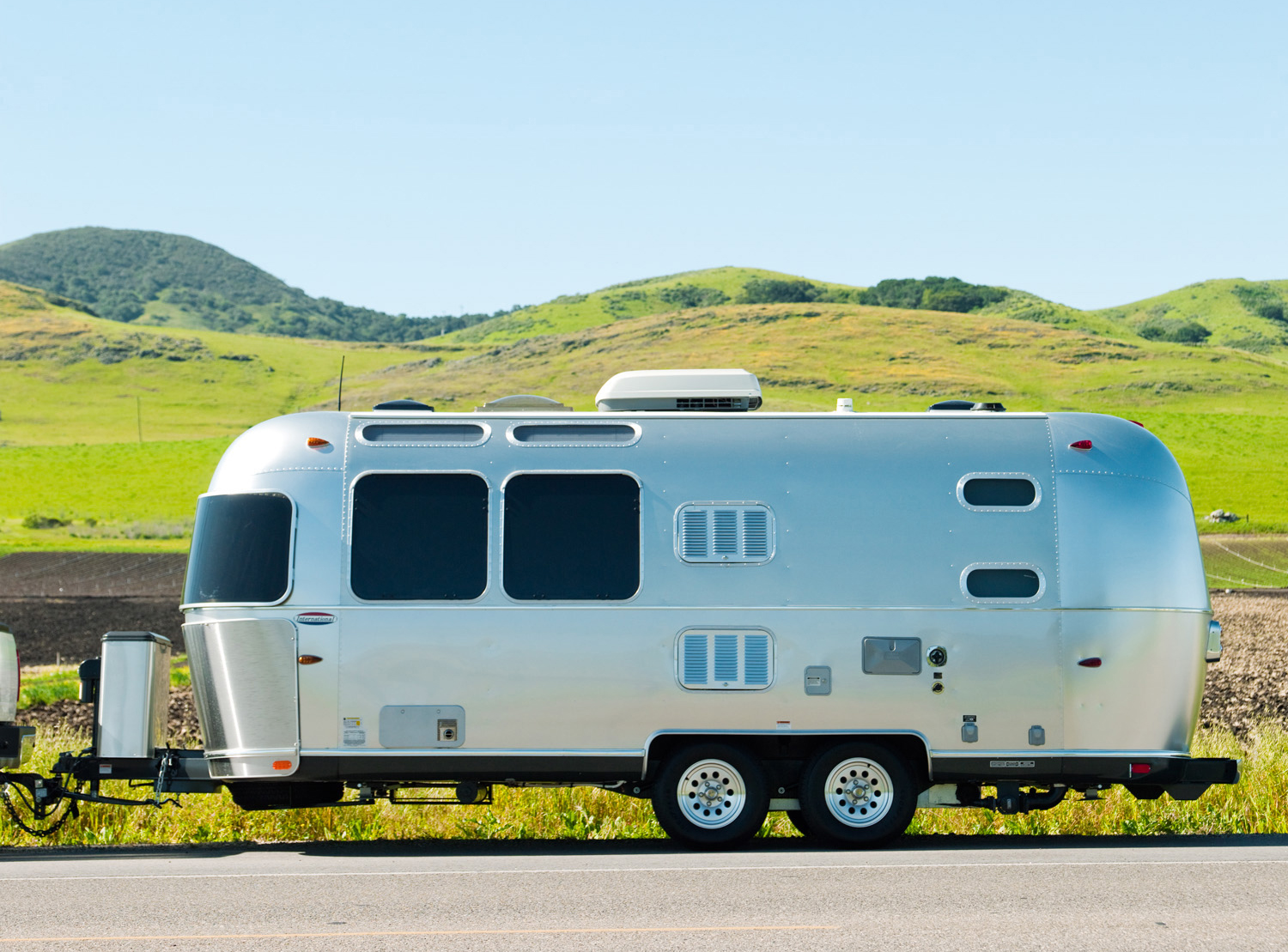In the midst of the COVID-19 pandemic, camping in a self-contained RV can be a great way to get out into nature safely. Things may look a little different this year, but some state and national parks are starting to allow day visitors, while other campsites are slowly beginning to reopen.
There are many benefits to camping using an RV. It can keep you and your family safe and warm while you are out in the woods. You can avoid using public bathrooms and waiting in long lines for fast food when you can heat meals in your own little kitchenette.
If you’re planning to take your RV out for a weekend, there are a few ways you can plan ahead of time for your trip to keep yourself comfy and safe.
Contents
1. Research Before You Go
Due to the uncertainties of the pandemic, several restrictions can affect your camping trip. Rather than making assumptions, research and stay updated on the local executive orders of the area you are planning to visit.
Plan your route, mapping out convenient gas stations and any emergency services just in case. Pack enough food for your trip if possible so you don’t have to worry about outside contamination. Limiting the number of stops you make reduces the amount of virus transmission spots. If possible, choose a campsite closer to your home so you can avoid making too many pit stops.
Check the campground schedule and ensure they have enough space so you can stay socially distant from other campers. Various public or private campgrounds will offer different types of amenities, such as contactless check-ins and deliveries.
However, it’s important not to call ahead and make sure you know which amenities are opened and closed. Get as much information as you can so you know what to expect before you head out on the road.
2. Insulate Your RV
If you are renting an RV in a cold-weather state, your vehicle will most likely be prepared to endure cold weather with insulation. You may not even need to bring a separate heater if you have the right insulation. There are a couple of options to prevent drafts, such as placing a foam board underneath any RV slides. Slide-outs increase the living space available inside the RV, but they can allow the cold air to get in easier during the winter.
Another option to insulate your RV is to purchase an RV skirt. It is often constructed out of vinyl and wraps around your RV to create a barrier. Not only does it keep the interior warmer by blocking out cold air, but it keeps pipes from freezing, saving you both money and energy. You can find RV skirts for as low as $150 and up to thousands of dollars depending on various factors.
To keep cold air from coming in through the windows is to keep the shades closed. You might not be able to see the great outdoors, but it will keep you warm inside. You can also insulate the windows by using a plastic film that shrinks when heated. This can greatly reduce heat loss.
3. Make Sure Your Pipes and Tanks Don’t Freeze
Frozen pipes can take a lot of time and energy to warm up again, and they can cause damage in freezing temperatures. If they are left exposed in the cold, leftover water can turn into ice and expand, causing pipes to crack or burst, flooding your RV.
One way you can keep the pipes and tanks in your RV from freezing is to allow a faucet to run throughout the night slowly. This causes water to move through the pipes constantly, and moving water has a lower freezing temperature than still water.
Another way you can protect your RV’s plumbing is to wrap heat tape around the water hose. When you plug the tape into a power source, it will remain heated and keep the hose warm as long as it is plugged in.
4. Sanitize Your RV
If you are looking to rent an RV, you can be assured that there are new cleaning policies to prevent the spread of the virus. However, whether you rent or have your own, disinfecting the RV before your trip can provide you with some peace of mind.
Sanitizing throughout your camping trip and disinfecting the interior afterward can protect you and your family from any bacteria or viruses you might pick up along the way. You can use approved cleaning solutions to disinfect hard surfaces, such as countertops and door handles, and vacuum upholstered furniture and other porous exteriors.
5. Pack the Proper Gear
Packing a little extra for a winter trip might seem unnecessary, but it can help you prepare to stay safe and comfortable. If you plan to drive in snowy conditions, a set of snow chains is essential for your RV tires. Some RV companies prohibit renters from using snow chains because they can cause damage, so check with the rental company beforehand.
If you plan to camp in the snow, don’t forget to pack an ice scraper and snow shovel to dig out your RV and scrape the ice from your windshield when it’s time to go.
To stay warm, pack electric blankets, waterproof and windproof clothing, slippers, and hand warmer packets. Most importantly, pack enough emergency supplies to be prepared for any accident, such as a first aid kit, backups of medical supplies, canned food, and a hand crank light.
6. Follow CDC Guidelines While You Travel
Above all, social distance by staying six feet away from anyone outside of your household. Maintain a safe distance from other campers and park rangers, and avoid crowded areas at viewpoints or hiking trails.
Though joining in social activities with other campers and RV communities might be tempting, stay safe by avoiding those this year and finding more isolated spots or camping at lesser-known parks.
When visiting local towns for supplies, limit your contact with residents as much as possible, and see if you can have food delivered to your campsite in some way that will keep you and the driver safe. Overall, treat your RV like a safe space, and make sure you have plenty of hand sanitizer and wash your hands after going outside.
While RV camping this winter may be a bit different, you can still enjoy a wonderful, cozy experience with these six tips. Stay warm!
Last Updated on February 17, 2021
